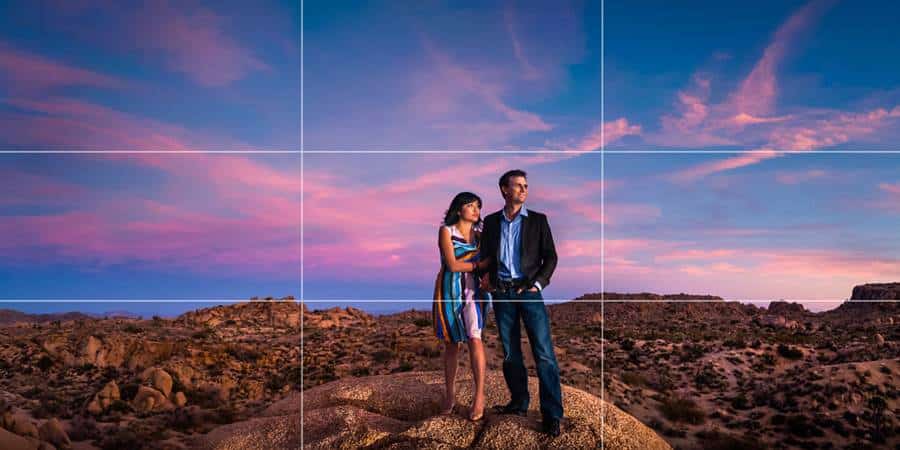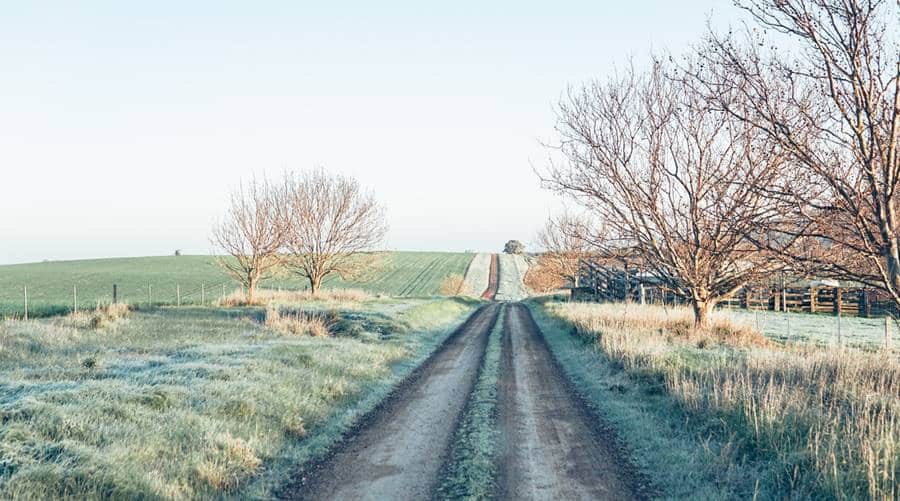Composition in photography is an absolutely relative and individual thing. Some people feel it easily and create masterpieces, and some take years to study and still fail. Often such people give up and stop halfway. This article is for those who want to learn the rules of composition photography, and then know how to break them.
1. Rule of Thirds

This is the easiest and most understandable way to understand the basics of compositional technique. Why? You mentally divide the frame into 9 equal parts (three horizontally and three vertically) and place compositionally important elements at the intersection of these lines.
2. Center Crop

This rule is diametrically opposed to the rule of thirds. There are some things that center framing suits very well, especially if you want to emphasize the symmetry of your subject.
In this case, the photographer emphasized the symmetry of the bridge.
And in some cases, you can use both of these techniques: in this case, the center of the frame is divided by the horizon line in the middle, and the tree is located in one of the thirds.
3. Foreground and Depth of The Shot

Photography itself is a 2D subject, so every photographer tries to add something to the foreground to get depth in the shot. It can be both obvious things that are already in the frame, or a specially inserted twig or flower in front of the lens.
The stones in the foreground lead to the subject – a waterfall.
4. Create Frames without Borders

This technique is more suitable for landscape and city photography. By finding such frames, you also create depth in the shot.
5. Leading Lines

Leading or active lines help direct the viewer’s gaze to and show the subject more quickly. Pipes, railings or paving slab lines, whatever can help you create those lines.
6. Dynamics in The Frame

A good shot is one where the gaze lingers for more than 30 seconds, so it is important to give the shot a momentum and make the viewer’s gaze run from corner to corner, vertically and horizontally.
7. Patterns and Textures

We already discussed about this technique in previous article. It’s easy and simple enough that you can spend a couple of minutes reading previous article.
8. Odd Rule

This is a rather controversial rule, which requires an odd number of compositionally important elements to be placed. That is why it is not always possible to apply it.
9. Fill the Frame

Filling the frame completely with your subject, leaving very little or no space, can be effective in some situations. For example, it helps you focus the viewer on the subject and allows you to see facial features and architectural elements as closely as possible.
10. Leave Negative Space

Another rule is antonym. It is not necessary for the subject to occupy the entire area of the image; on the contrary, you can leave a lot of negative space to emphasize the size of the subject.
11. Change the Angle of View

A person is used to looking at objects from the height of his height, rarely raises his head and lowers it. Plus, you can always show typical subjects from a typical angle.
You may also like to read: 30 Composition Techniques for Good Shots.
I wonder what rules do you use? Please comment bellow and if you like this article please share it and subscribe my blog to get such photography tips and tricks to your mailbox.


